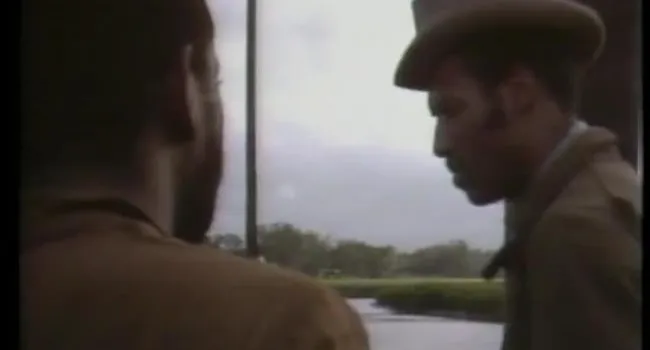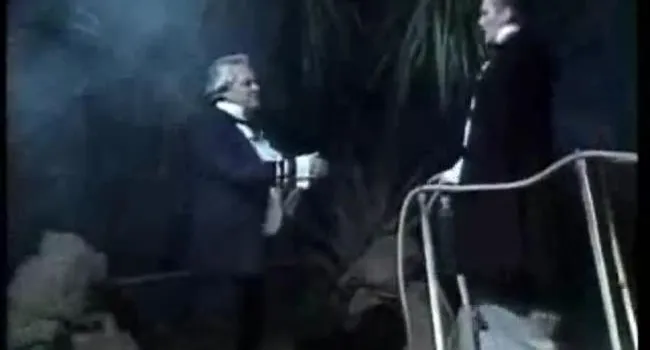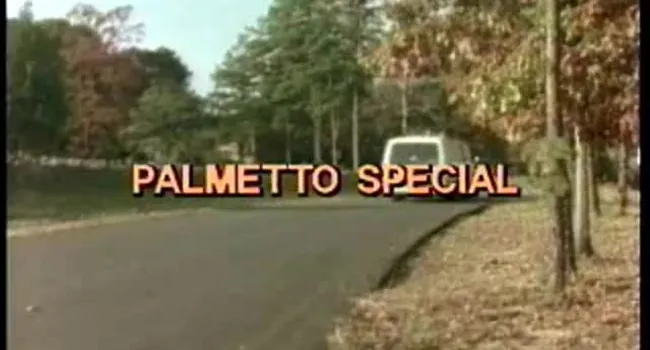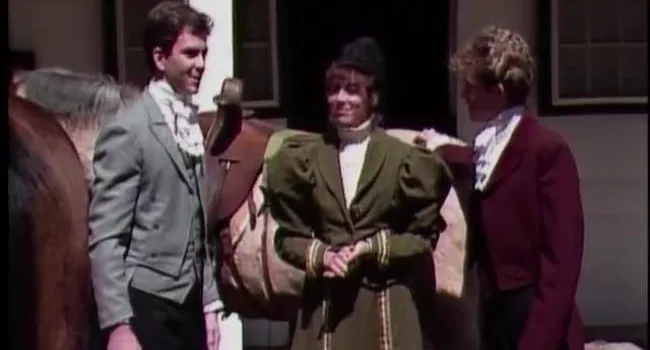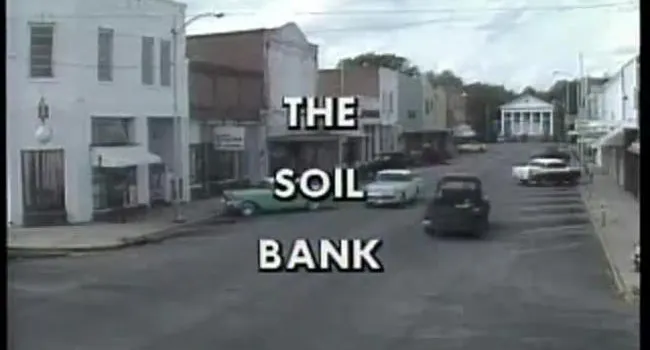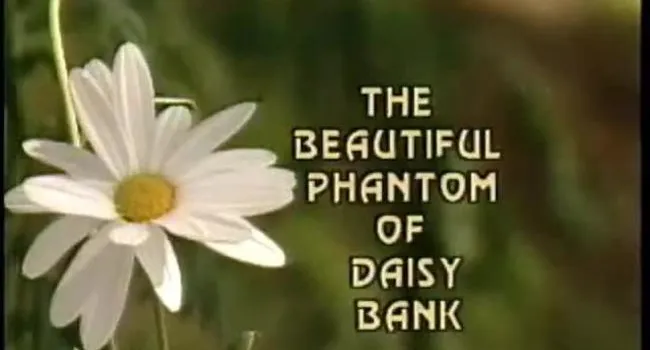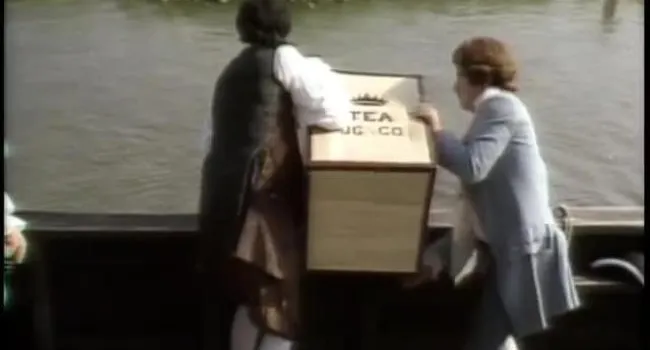This program is based on an oral history conducted by the New Jersey Multi-Ethnic Oral History Project. The subject is a black woman who moved with her family from South Carolina to New Jersey in the 1920's when she was eight years old. The setting is the "Field to Factory" exhibit at the National Museum of American History, Smithsonian Institution, Washington, D. C. This popular exhibit chronicles the black migration from the South to the North from 1915 to 1940. An actress portrays this woman. As she moves throughout the exhibit, she tells of her experiences.
BACKGROUND: Emigration has always played a pivotal role in history in the United States. The industrial North relied heavily on immigrants for its labor force. For many years Irish, Germans, Italians, and Eastern Europeans filled this need. The advent of World War I severely limited the flow of these immigrants. The industrial North began to look to the South, especially for Negro labor. Segregation and other "Jim Crow" Laws limited their opportunities socially, politically and economically. The boll weevil and the ensuing agricultural depression of the 1920's adversely affected economic opportunities for most all southerners, black and white. Both blacks and whites, but blacks in particular, saw the North as a place where they could improve their lives.
It's suggested that this program is viewed after Agricultural Depression.
Standards
- 5.1.CE Examine push- and pull-factors related to immigration and expansion on urban and rural populations during the period.
- 8.4.CE Explain the causes and effects of World War I on South Carolina and the United States.
- This indicator was developed to encourage inquiry into the significant causes of World War I and the factors leading to U.S. involvement. This indicator was also developed to promote inquiry into the effects of the war, to include its impact on the homefront, migration patterns, and continued foreign policy debates.
- 8.4.P Summarize the economic changes that emerged in South Carolina and the U.S.
- 8.5.P Analyze the transformation of South Carolina’s economy from the Great Depression to its current economic diversification.
- This indicator was designed to promote inquiry into the devastation of the Great Depression and the impact of the New Deal on a largely agricultural South Carolina. This indicator was also designed to foster inquiry into the economic diversification between World War II and the present, to include tourism, global trade and industry, and the maintenance of military bases.
Resources
You need to be logged in to listen to view this content. Create an account now; it's quick, easy, and free!
Log In to View








